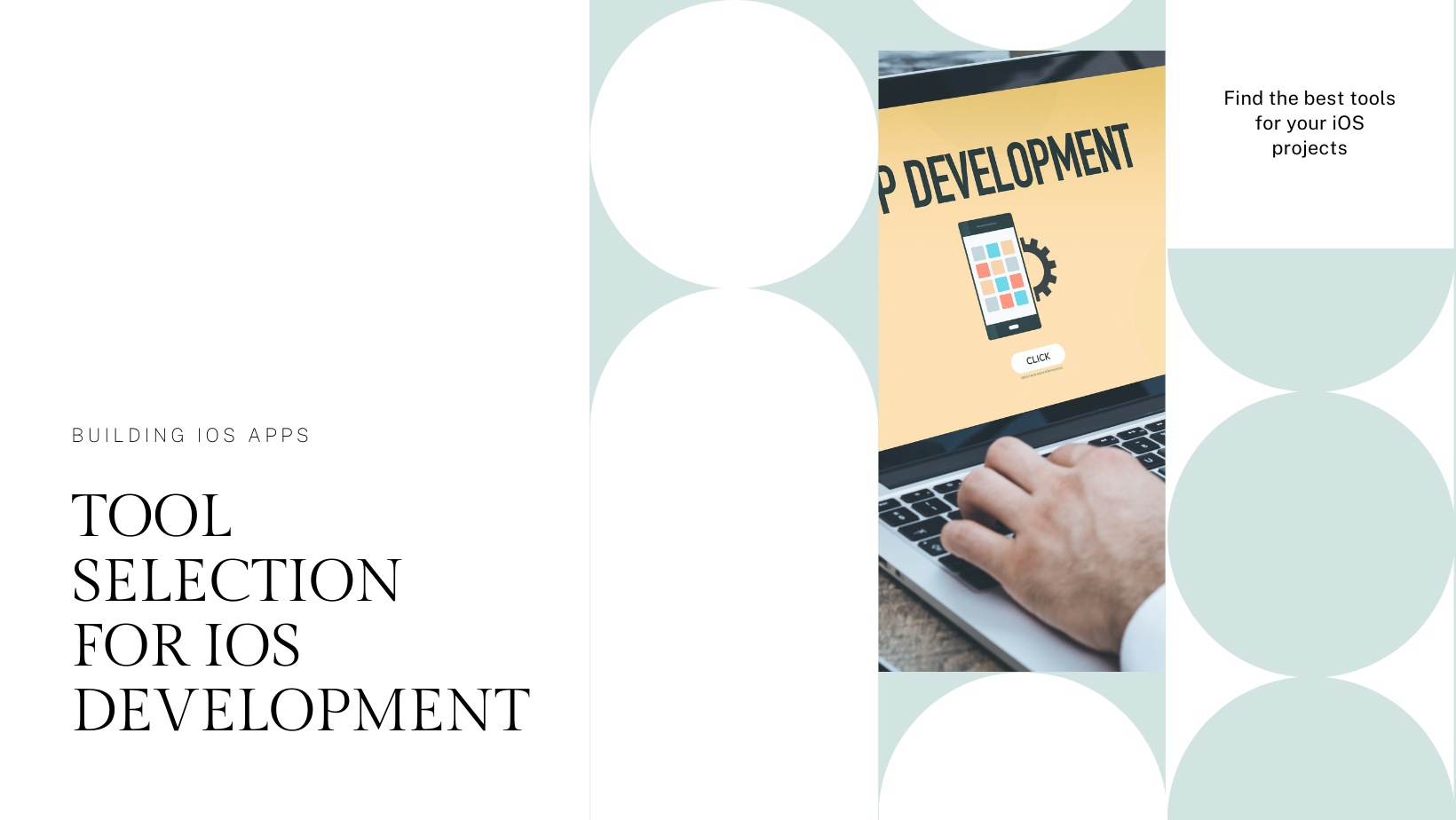User experience (UX) design is not just about creating visually appealing interfaces; it’s about understanding user behavior and preferences to create intuitive and satisfying interactions. In today’s digital landscape, data plays a crucial role in shaping effective UX strategies. By leveraging data-driven insights, businesses can enhance usability, increase user satisfaction, and drive conversions. Here’s how you can harness the power of data to optimize UX:
1. Conduct User Research
Before diving into data analysis, it’s essential to understand your users’ needs, goals, and pain points. Conduct qualitative research through interviews, surveys, and usability testing to gather valuable insights directly from your target audience. This qualitative data provides context and helps you empathize with users, forming a solid foundation for data-driven UX decisions.
2. Utilize Analytics Tools
Implement robust analytics tools like Google Analytics, Hotjar, or Mixpanel to collect quantitative data about user behavior on your website or app. Key metrics such as bounce rate, session duration, and click-through rates offer valuable insights into how users interact with your interface. Analyzing this data uncovers patterns and identifies areas for improvement in the UX design.
3. Perform UX Audits
Conduct regular UX audits to assess the effectiveness of your current design in meeting user expectations. Analyze user flows, navigation paths, and conversion funnels to pinpoint friction points or usability issues. Heatmaps and session recordings from tools like Crazy Egg or Mouseflow provide visual data on where users click, scroll, or hesitate, highlighting areas needing optimization.
4. Implement A/B Testing
A/B testing allows you to compare two versions of a design element or feature to determine which performs better based on user interaction data. Test variations of layouts, call-to-action buttons, or form fields to identify design changes that positively impact user engagement or conversion rates. Tools like Optimizely or VWO facilitate experimentation and data-driven decision-making in UX design.
5. Personalize User Experiences
Harness user data to deliver personalized experiences that cater to individual preferences and behaviors. Use segmentation based on demographic data, browsing history, or past interactions to tailor content, recommendations, or notifications. Personalization enhances user satisfaction by offering relevant content and reducing friction in the user journey, ultimately improving retention and engagement.
6. Leverage Feedback Loops
Create feedback loops to continuously gather user input and iterate on UX improvements. Incorporate feedback mechanisms such as surveys, feedback forms, or in-app ratings to solicit user opinions on their experience. Analyze qualitative feedback alongside quantitative data to validate design hypotheses and prioritize enhancements that resonate with user needs and expectations.
7. Visualize Data Effectively
Present data-driven insights in a visually compelling manner to facilitate understanding and decision-making among stakeholders. Use data visualization tools like Tableau or D3.js to create intuitive charts, graphs, or dashboards that highlight key UX metrics and trends. Visual representations help stakeholders grasp complex data relationships and advocate for UX improvements backed by compelling evidence.
8. Stay Agile and Iterative
Adopt an agile approach to UX design, continuously iterating based on data insights and user feedback. Prioritize incremental improvements over time rather than waiting for a major redesign. Agile methodologies like Scrum or Kanban allow cross-functional teams to collaborate, experiment, and adapt quickly to evolving user needs, ensuring that UX enhancements align with business goals and user expectations.
9. Monitor Performance Metrics
Monitor the impact of UX optimizations by tracking key performance indicators (KPIs) such as conversion rates, engagement metrics, or customer satisfaction scores. Establish benchmarks and set measurable goals to evaluate the effectiveness of design changes implemented based on data analysis. Regularly review performance metrics to identify successes, challenges, and opportunities for further refinement in UX strategy.
10. Foster a Data-Driven Culture
Promote a culture of data-driven decision-making within your organization by educating teams on the value of UX data and insights. Encourage collaboration between UX designers, developers, marketers, and product managers to integrate data into every stage of the design process. By fostering cross-functional alignment and prioritizing user-centric design principles, organizations can achieve sustainable growth and competitive advantage through superior UX.
In conclusion, leveraging data to improve UX involves a strategic blend of quantitative analysis, qualitative research, and iterative design practices. By harnessing data-driven insights, businesses can create user experiences that are not only intuitive and engaging but also aligned with user expectations and business objectives. Embrace the power of data to unlock the full potential of your UX design and deliver exceptional digital experiences that delight users and drive meaningful outcomes.






